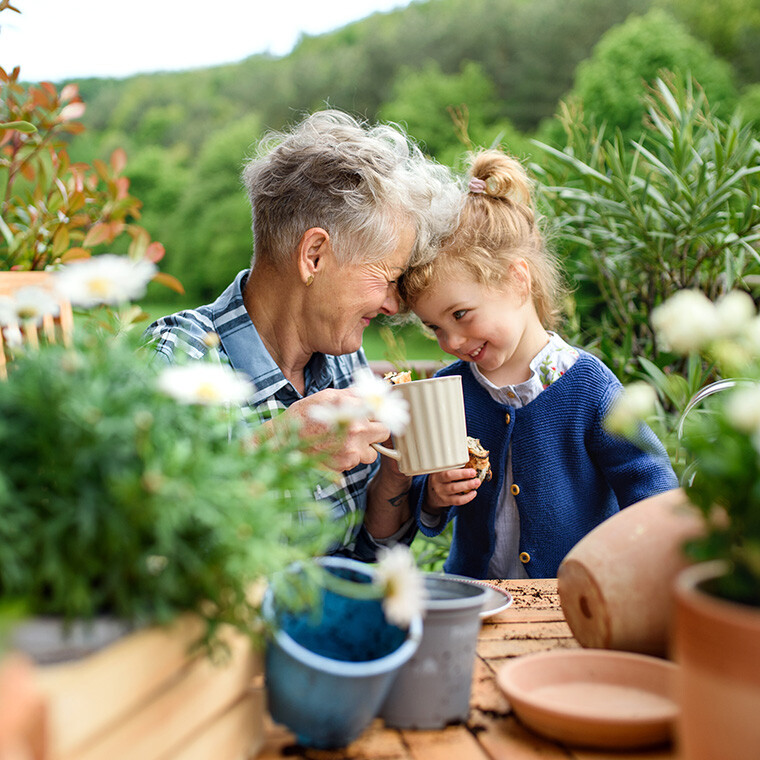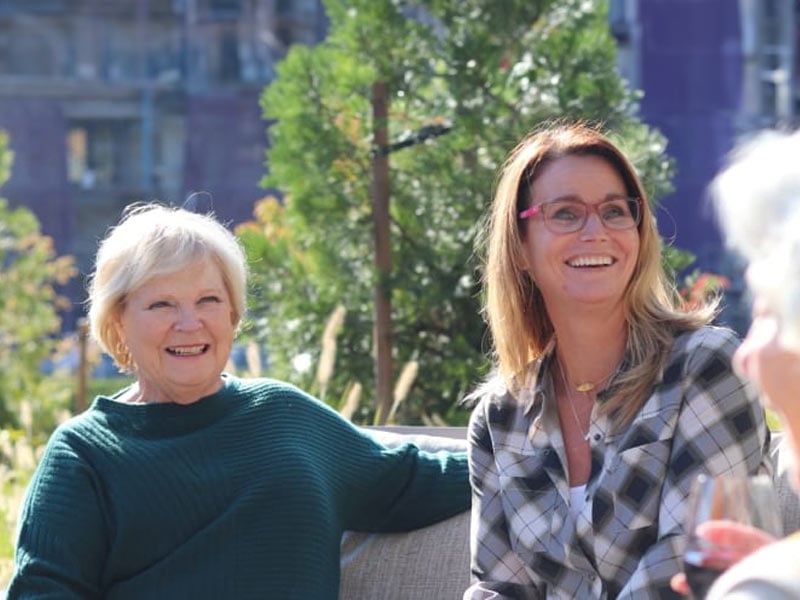Moving is consistently rated as one of life’s most stressful events, ranking up there with the death of a loved one, illness, divorce, and job loss. Even if your move is a happy one, or one you’ve been planning for some time, it’s still stressful. Moving is the perfect storm of emotions and change.
With any move, you are leaving the comforts of your home that are familiar and comforting, and sometimes your known support network of people and places. These departures come with great uncertainty too. While some of these are things that will take some adjusting, we can offer tips we’ve learned while helping other residents of The Springs Living navigate their big move. And we can also reassure you that after a couple of weeks in your new home, you will have made dozens of friends and settled in nicely.
5 Tips for Seniors Making the Big Move
1. Consider your available space
When you move into a retirement community, you’ll have a smaller living space. You might go from a multi-room house into a one-bedroom apartment. Therefore, it’s important to consider how much space you’ll have available when you first begin to think about downsizing. It’s very likely that not all of your belongings and furniture will fit in your new home. Plus, it’s a good idea to understand exactly what you can bring with you, as well as what kinds of items you might need.
2. Evaluate your lifestyle habits
If you have certain hobbies, daily activities, and items that you rely on, you’ll want to incorporate them into your new living space. Even if you’re downsizing dramatically, it’s a good idea to keep items that help your routine and your usual habits. Making decisions about what stays and what goes based on your habits, instead of attachment to items, will help you emotionally detach from items when you realize they won’t serve a purpose in your new space.
3. Create a system to make decisions
Once you’ve determined how much you’re able to bring with you, it’s time to begin packing. Packing requires sorting through your belongings to decide what goes and what stays. This is one of the most difficult steps of downsizing. Since you’ll most likely be going through years of belongings, it can be a very emotional process. However, it’s important that you simplify this step as much as possible to save time and energy, and make decisions efficiently.
You should sort through your belongings with a Keep or Give system. When you assess each item, put it in a “Keep” pile if you’re keeping it or a “Give” pile if you aren’t. Even using the terms “Give” helps ease the feelings of tossing it aside. If you’re struggling to get rid of your belongings, consider getting a storage unit. A storage unit is the perfect place to store items that you definitely won’t use everyday but are too sentimental or important to get rid of.
4. Hire some help
There are movers and moving companies that specialize in helping seniors who are down-sizing who will take care of your downsizing process after you’ve sorted your items by boxing everything up and delivering it to your new home. You can search online to find local movers who specialize in senior downsizing. You can also ask local organizations and senior groups if there are any highly recommended movers who can take the labor out of moving.
5. Throw a party
Invite friends and family to a packing party. Order some pizzas, ask everyone to bring a side dish or dessert, and give everyone a room to tackle. If most of your items have been sorted, enlist the group to sort items into piles for your moving service, or even pack up the boxes and label them for you.
You’d be surprised at how many people want to help, and how good it feels to be surrounded by loved ones during a stressful time. You might find that instead of feeling sad about letting go of some of your favorite items, you actually enjoy seeing your children or grandchildren light up when they receive them as a gift.
5 Tips for Caregivers Managing the Big Move
The vast majority of seniors want to age in place, unfortunately, this is neither a safe nor feasible prospect for many older adults. How can caregivers help facilitate this change — whether ready or reluctant? Read on for our next five tips, aimed at helping seniors make a smooth transition to life in a retirement community and how you, as the caregiver, can help.
1. Help them find the right community
Senior residential communities are not all created equal. Finding the right one is a huge factor in helping aging loved ones adjust. Do your research, visit prospective facilities, and talk to staff and administrators about everything from what residents are allowed to bring with them to the types of meals offered and scheduled activities.
If a community feels warm and welcoming to you, it will likely feel the same way to your aging loved one. Conversely, if a community doesn’t give you the right feelings, it's unlikely to be a positive environment for your loved one.
2. Give them a voice
The information acquired during due diligence not only helps you make the most educated decision but can also be used to help aging loved ones feel more engaged in the process. Knowledge is engaging and empowering: Seniors who are given a say feel like they are participating as opposed to feeling powerless.
The same is true for the packing process. As much as possible, allow your loved one to be part of the sorting and packing process, especially with what should stay and what should go. Giving them choices or sitting with them and listening to their feelings about the move will be helpful.
3. Be present
One of the biggest fears older adults experience when contemplating a move to a residential community is becoming isolated from the people they love. Frequent visits from the onset is a simple way to alleviate these concerns. While some very rare cases may require you to temporarily stop visits, most communities have been working with residents to find alternative ways to communicate, for example on Zoom or even phone call check-ins.
4. Encourage involvement
While jumping right into a new community can be intimidating, there's no better way to help aging loved ones feel like themselves again than by encouraging them to get involved. From taking meals in the dining hall to participating in group activities, seniors are most likely to feel like themselves again when they become engaged with the new world around them.
5. Make it feel like home
Home may be where the heart is, but material objects offer comfort while the heart catches up. Bringing along cherished family photos, a favorite blanket, and other decor items can help create a pleasant, familiar and "homey" atmosphere for seniors who might feel out of place without them.
One last thing to keep in mind — while your aging loved one's living situation may change, your relationship shouldn't. Caregivers can remain active participants and advocates for their senior's lives after the move to a retirement community.
Moving is a time for big changes, but by keeping in mind these helpful tips, both you and your loved ones can make this transition easier.












